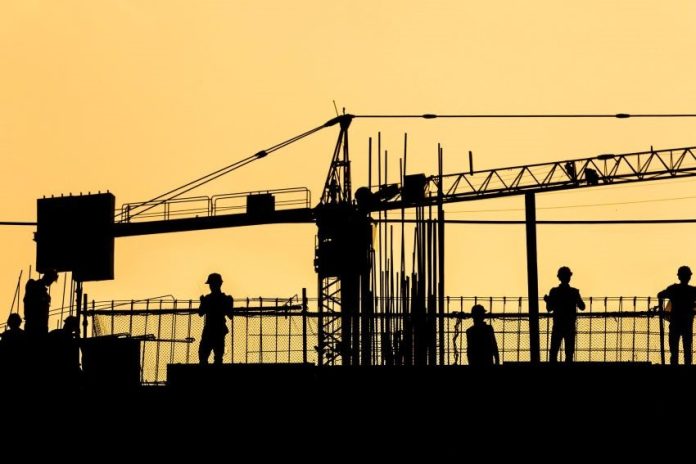Investment in construction projects and spending on machinery and equipment increased by over 20% in the first 10 months of last year, and an index that measures such expenditure hit a record high last October, according to the national statistics agency INEGI.
Gross fixed capital formation (GFCF), as investment in construction projects, machinery and equipment is called, increased 20.4% in annual terms between January and October 2023, INEGI reported last week.
The year-over-year increase in October was an even higher 25.5%, while the month-over-month gain was 1.9% in seasonally adjusted terms.
The GFCF index reached a new high of 118.46 in October, eclipsing the previous record of 118.00 set last August. The monthly figure is calculated in accordance with a base level of 100 that was established based on GFCF data for 2018.
Investment in non-residential construction and transport equipment drives GFCF gains
INEGI data shows that investment in non-residential construction surged 39% between January and October compared to the same period of 2022. Investment in residential projects was a much more modest 1.6%. The overall annual increase in construction investment was 20.4%.

Spending on imported transport equipment — cars, buses, trains, planes and the like — increased 60.5% in the first 10 months of last year, while the outlay on Mexican-made transport equipment also rose significantly, albeit by a less striking 29.2%.
Spending on imported machinery, equipment and “other assets” rose 19.1% between January and October, while expenditure on the same national goods was 5.7%.
The overall annual increase in machinery and equipment investment was also 20.4%.
Private spending on construction and machinery equipment increased by 20.3% compared to the first 10 months of 2022, while public spending rose by a slightly higher 21.1%.
Significant amounts of private sector investment have recently been directed to the construction and outfitting of manufacturing plants, while the federal government has allocated large sums of money to building key infrastructure projects — such as the Maya Train railroad and the Tulum Airport — and preparing them for operation.
The record-high GFCF index level recorded in October was also helped by an 11.3% month-over-month increase in investment on residential construction projects, the highest increase since August 2020.
The Monex financial group noted that the residential construction sector has been negatively affected in recent times by high interest rates, the increase in the cost of building materials and delays in the granting of permits.

GFCF growth at a 30-year high in 2023
Acknowledging the 20.4% increase in GFCF between January and October, Citibanamex analysts said that 2023 “was shaping up as the year with the highest growth in investment since 1993.”
According to a report by the El Financiero newspaper, the Mexican bank Banco Base is forecasting that GFCF growth will moderate to 6.7% this year and “plummet” in 2025 due to the government’s “lack of fiscal space to carry out new infrastructure projects.”
In 2024, “there are some significant risks to consider: the mathematical effect due to the high comparison base [and] the expectation of an economic slowdown caused by restrictive monetary policies at a global level,” Banco Base said.
The bank cited uncertainty related to elections in Mexico and the United States as an additional risk to investment this year, saying that the growing nearshoring phenomenon could temporarily slow down in the lead-up to the votes.
Analysts at JP Morgan are also predicting that GFCF will moderate due to lower spending on public infrastructure projects, but they believe that private sector investment will go some way to making up for that reduction.
The increase in GFCF in 2023 could help spur stronger GDP growth in the future as investment in things such as new machinery can help companies increase their productivity and overall output.
Mexico’s economy grew 3.5% in annual terms in the first 10 months of 2023, INEGI reported in December. Data on GDP growth for the entire year will be published later in 2024.
With reports from El Financiero and Forbes México
